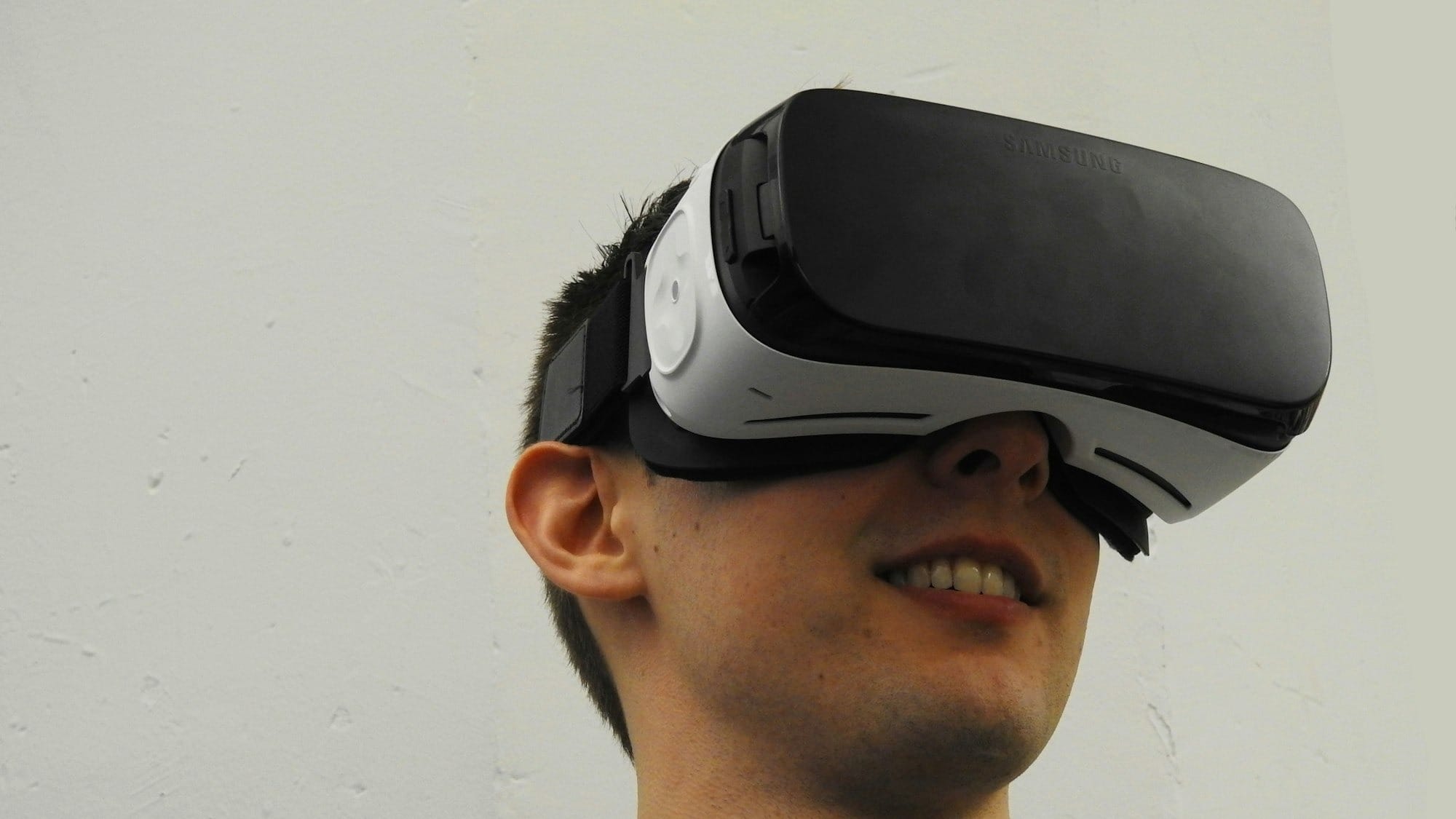CES 2025: Smart Glasses and Mixed Reality Innovations
For lovers of smart glasses and headsets, CES 2025 has a lot in store for you.
At the Consumer Electronics Show (CES) 2025, it's almost like companies are on a mission to make the lines between the digital and physical worlds continue to blur, with several groundbreaking innovations in smart glasses and mixed reality (MR) technology on display.
From advanced accessibility solutions to immersive entertainment experiences, the event showcased the future of wearable tech. These innovations promise to not only change the way we see the world but also how we interact with it.
Techloy has brought together some of the most exciting smart glasses and MR advancements unveiled at the event, offering a glimpse into the next generation of wearable tech.
SolidddVision Smart Glasses
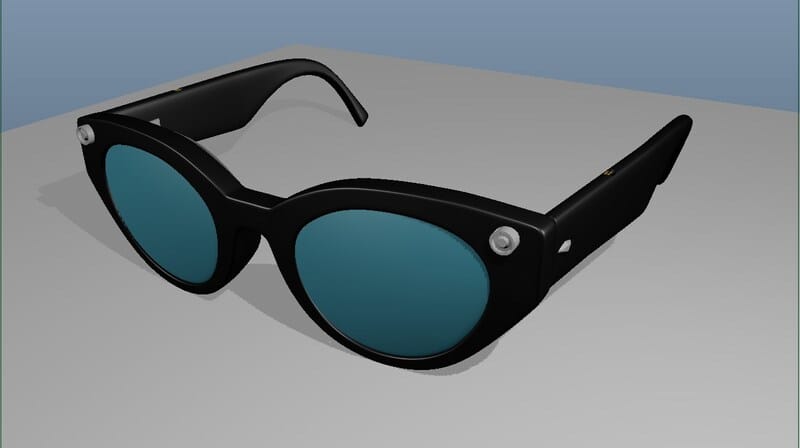
SolidddVision unveiled its smart glasses at the CES event but unlike most glasses, this one is directed at people with vision problems. Specifically, for people with macular degenerations. The company claims these glasses utilize a unique lens array inspired by the structure of a fly's eye, projecting multiple images onto the healthy parts of the retina. This technology helps the brain construct a clear, 3D image, allowing users to see more clearly despite degenerative eye conditions.
Currently in beta and undergoing clinical testing, SolidddVision glasses are expected to ship in 2025. The design appears to be discreet and similar to regular eyewear, making them easy to wear.
RayNeo X3 Pro AR Glasses
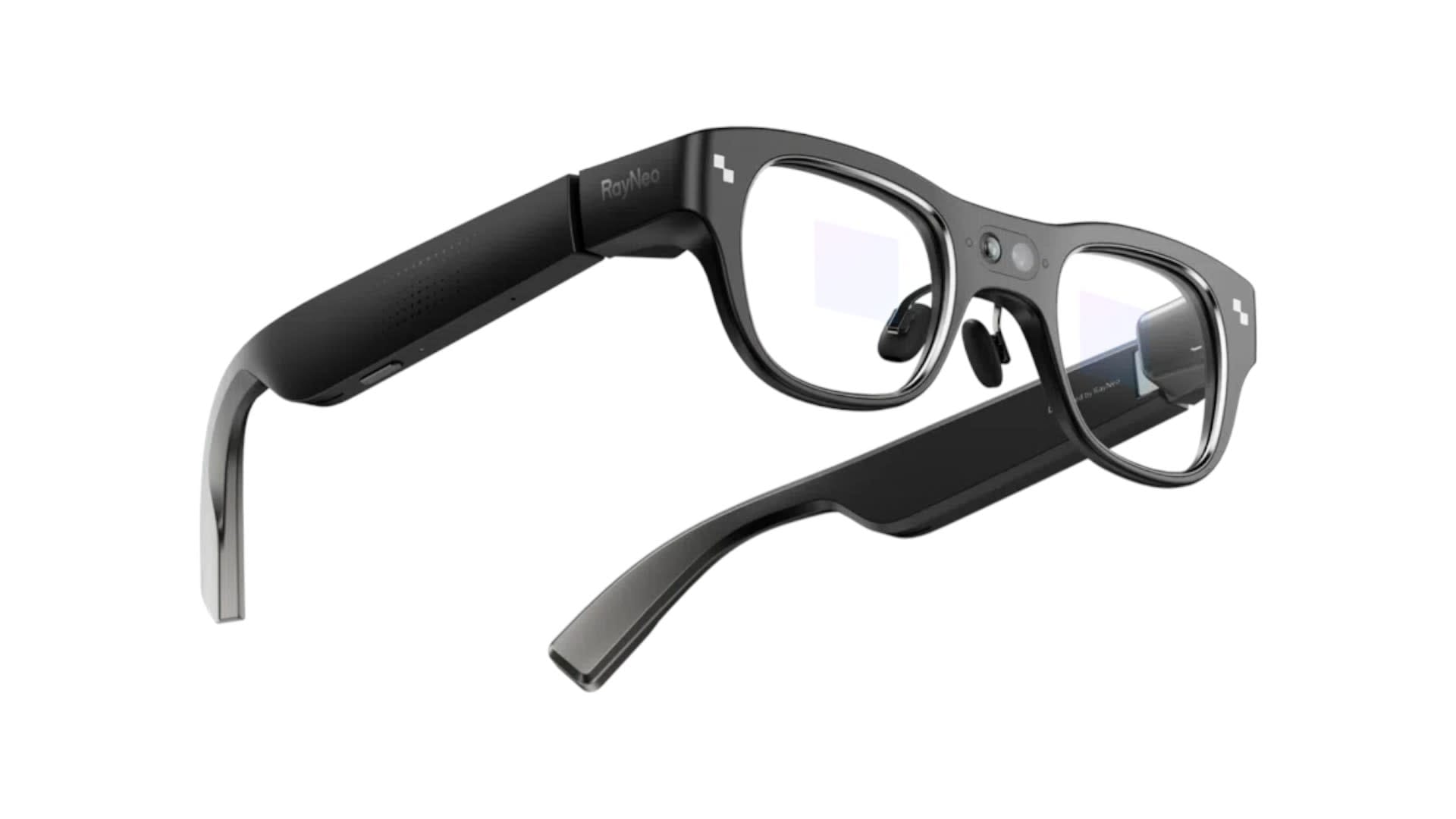
RayNeo’s X3 Pro AR glasses also offer impressive AR capabilities, utilizing microLED projectors and waveguide lenses to create a full-color display. With a 25-degree field of view and 2,500 nits of brightness, the X3 Pro promises clear visuals even in bright environments, such as the Las Vegas casino ballroom. Despite their compact design, the glasses provide sharp visuals that stand out in the AR space.
During demonstrations, RayNeo showcased real-time translation and AI assistant features powered by ChatGPT, which added to the glasses' appeal.
However, battery life remains a concern, with the glasses only lasting around 30 minutes with heavy use. Priced around $1,500, the RayNeo X3 Pro is expected to launch later this year.
Halliday Smart Glasses
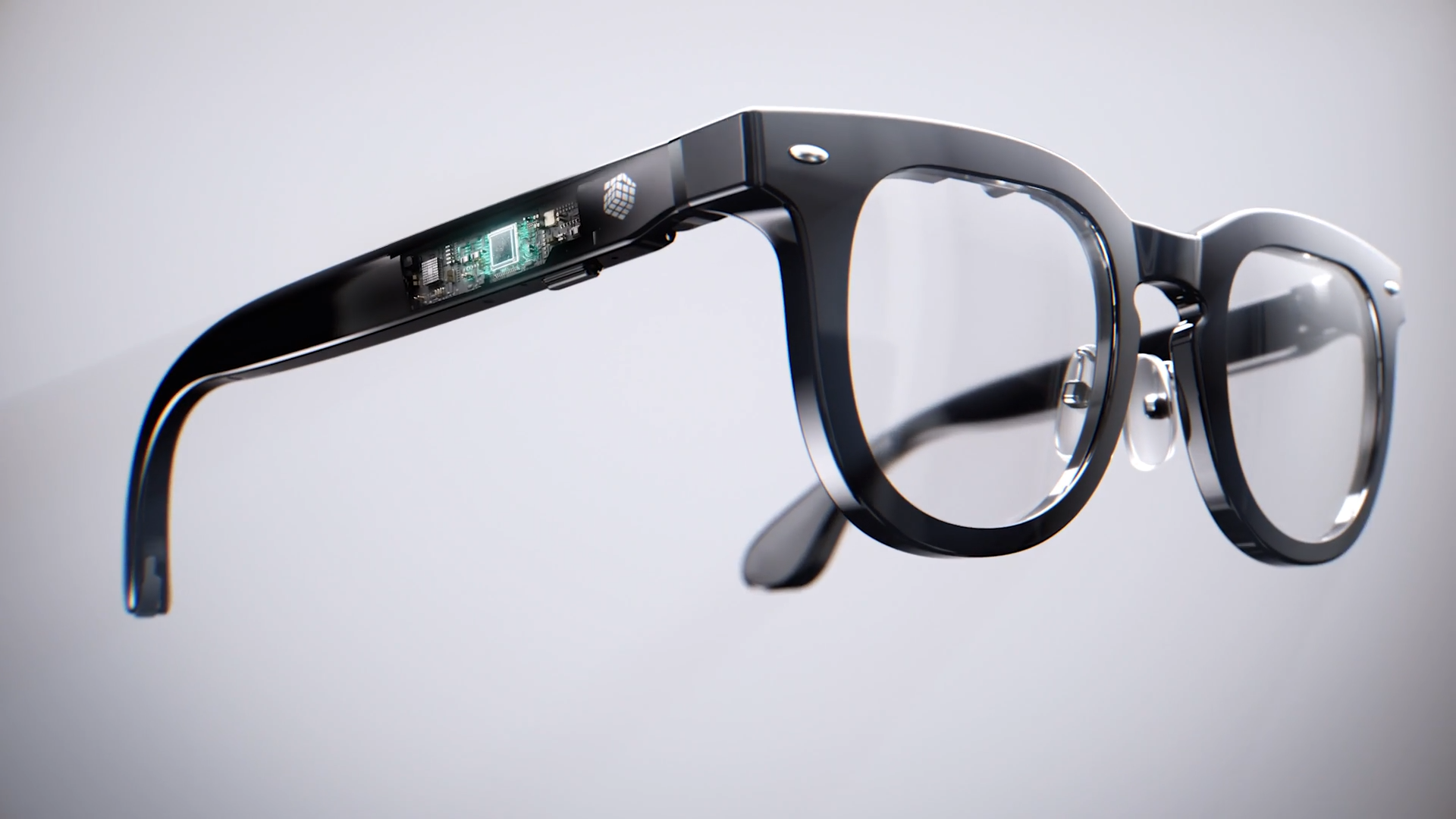
Halliday's smart glasses have taken the spotlight with their unique combination of a sleek, familiar frame design and cutting-edge technology. The glasses feature an invisible display that projects images directly onto the wearer's eyes. Controlled by a gesture-controlled smart ring, these glasses allow wearers to discreetly send and receive messages, get navigational directions, view song lyrics, and even use them as a teleprompter for presentations and speeches.
What sets Halliday’s glasses apart is their proactive AI, which acts as a real-time assistant, translating languages, fact-checking information, taking notes, and providing answers to questions.
These glasses, expected to ship in late March, bring a futuristic concept closer to reality, offering seamless integration into daily life.
Even Realities G1 Smart Glasses
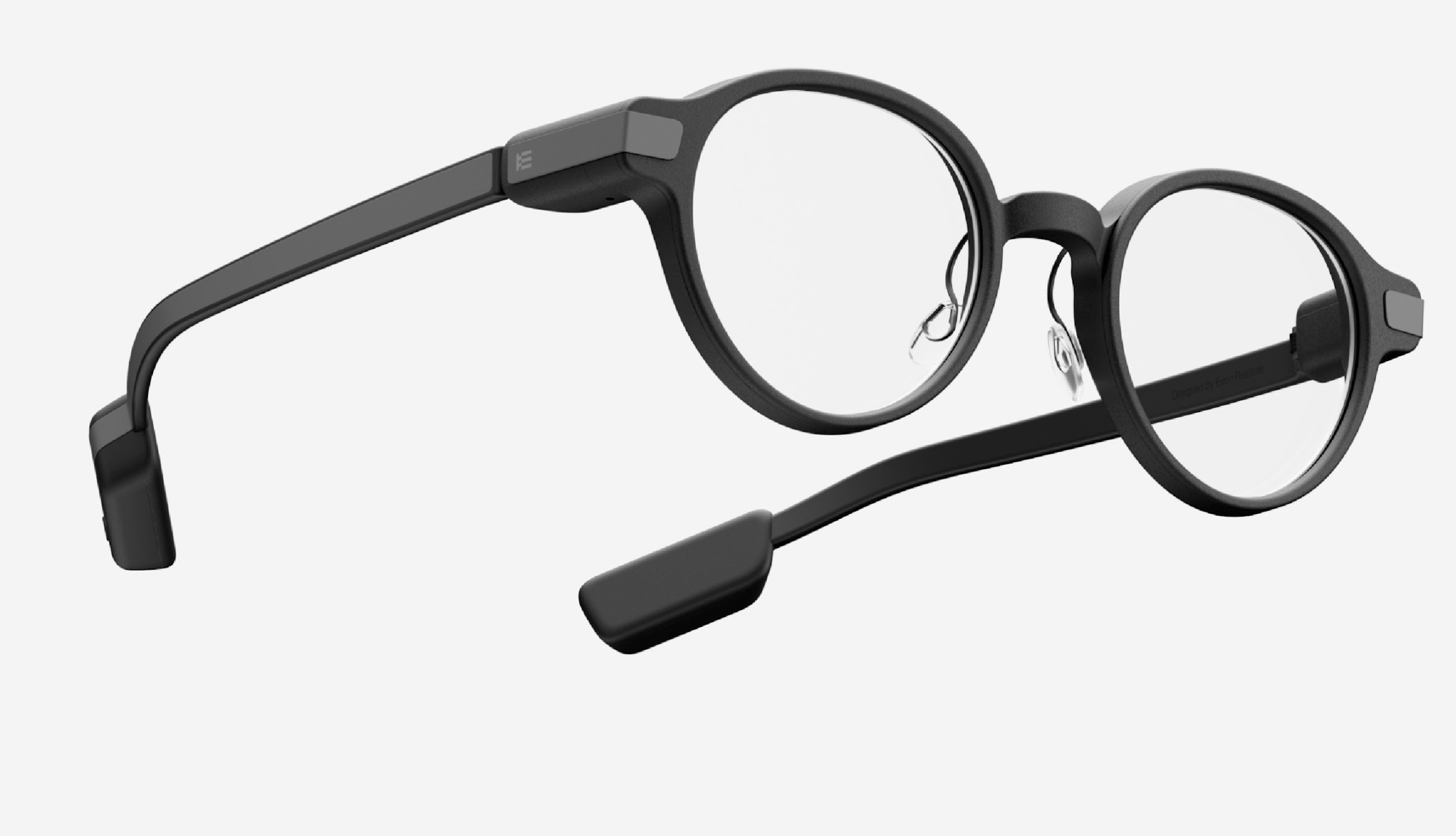
Even Realities G1 smart glasses offer a minimalist design with waveguide lenses that project virtual displays. These glasses provide notifications, prompts, and tools without disrupting the user’s view of the real world. With a sleek and lightweight design, the G1 glasses offer functionality while maintaining elegance.
These glasses are designed to integrate seamlessly into daily life, offering quick access to features like real-time language translations or responding to messages during meetings.
Available now in Panto or rectangular frames, Even Realities claims these glasses provide a stylish, non-distracting way to stay connected without losing touch with the world around you.
Sony XYN Headset for Spatial Content Creation
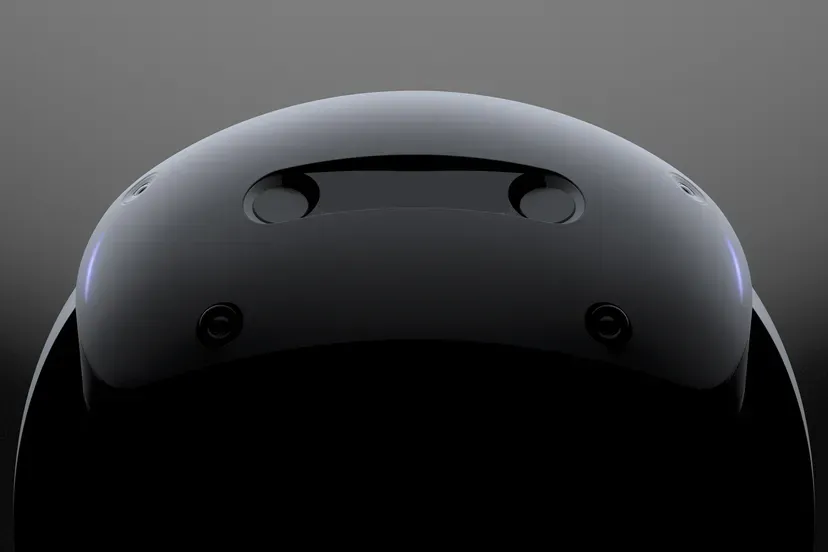
Sony unveiled its XYN headset, a concept designed specifically for spatial content creation. Focused on 3D modeling and virtual environment design, the XYN headset features 4K OLED microdisplays to deliver immersive experiences while capturing real-world objects and turning them into digital assets for virtual environments. Sony says the headset is targeted at creators who need tools to digitize real-world objects and incorporate them into 3D models.
During a hands-on demo, users were able to manipulate digital objects, such as giant purple crystals in a sci-fi setting, providing a glimpse into the headset's potential.
Alongside the headset, Sony showcased an app that allows users to capture objects from multiple angles, creating 3D models through a process similar to biometric scanning. While still in prototype form, the XYN headset shows promise for 3D creators and could serve as a more affordable alternative to high-end spatial content creation systems.
Play For Dream MR Headset
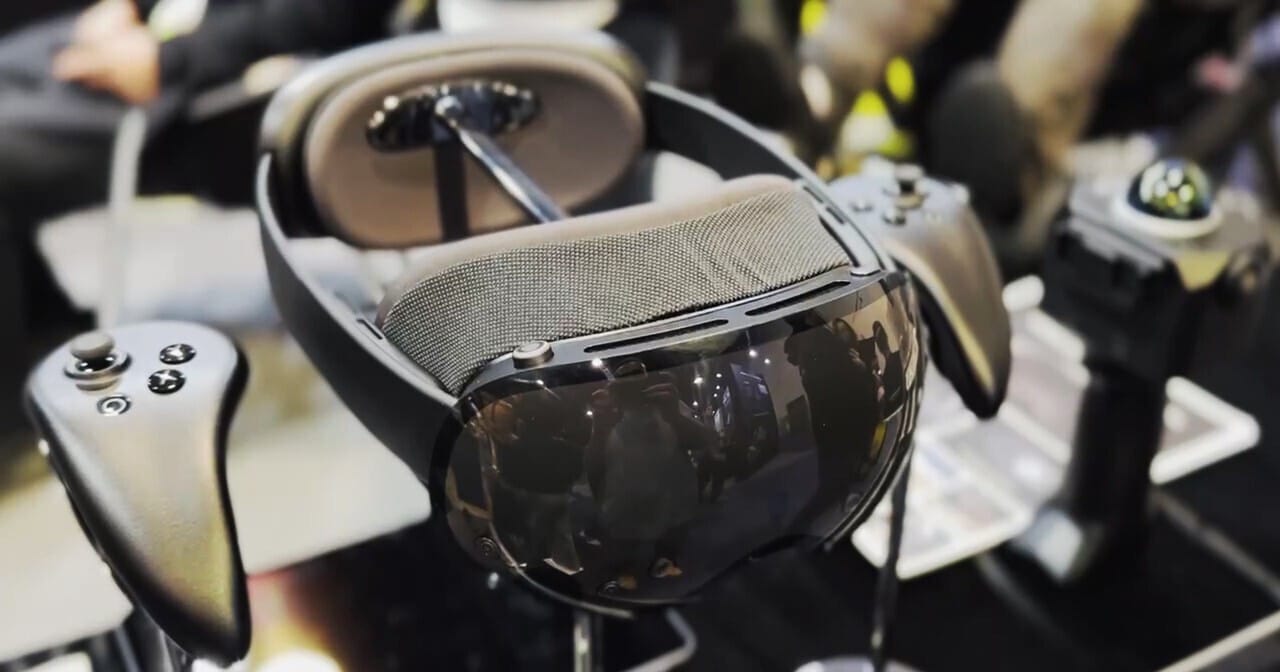
Lastly, Play For Dream Technology introduced its Play For Dream MR headset, a mixed-reality device that blends virtual and augmented reality for immersive entertainment experiences. The headset boasts an 8K Micro-OLED screen, which can be scaled up to 1,000 inches, providing an expansive cinematic experience. Complemented by DTS:X Ultra-certified 360º sound, the Play For Dream MR offers total audio immersion for movie and gaming enthusiasts alike.
Powered by the Snapdragon XR2+ Gen 2 platform, the headset includes precise eye and hand tracking, along with 6DoF controllers for a more responsive and engaging experience. The Play For Dream MR headset also features 32 MP 3D cameras with EIS stabilization, enabling users to record in spatial and VR180 formats.
With the ability to integrate virtual elements into the real world, this headset provides a versatile platform for mixed reality, VR, and 2D gaming. Additionally, its Dream Box feature allows users to connect phones, consoles, or computers for easy access to 2D applications on a large virtual screen.
Conclusion
The innovations showcased at CES 2025 offer a glimpse into the future of smart glasses and mixed reality, with each product adding its own twist to how we interact with the digital world.
As these technologies continue to develop and make their way into consumers' hands, the way we see, interact with, and experience the world could be transformed in exciting new ways.


